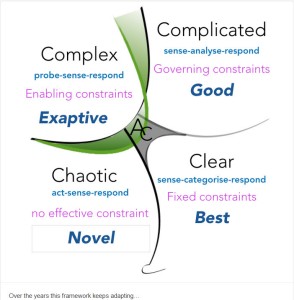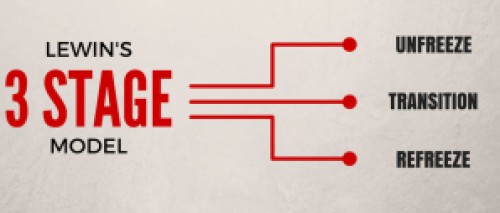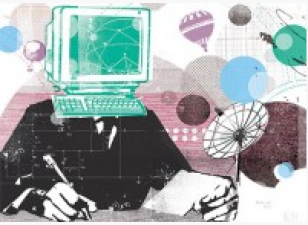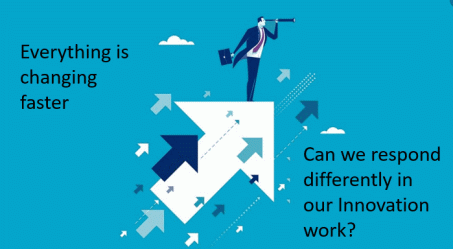Being in a personal crisis is one thing, but being in a global one is a whole lot different. So much is totally out of your control. You can rant and rave at some of the decisions have been made, or likely to come on some current performances.
Often you are left wondering where the insights or collective thinking was trying to offset the events that were unprecedented and scary but have now put us into such a massive economic downturn.
The decision to throw a protective shield around our health systems made sense, but the human suffering unfolding is going to be very tough on those that made these decisions, as it is to nearly everyone else. Facing this economic collapse is mindblowing.
We all are coming to grips with what this means in our working lives. We are in for immediate shifts in our working environment as we emerge from “lockdown.”
Innovation is going to become central to overcoming huge global problems of keeping our distance, inventing, and implementing the solutions to keep our “social distance” and know we are safe or not..
Continue reading “The immediate shift in work and social norms needs innovation”









